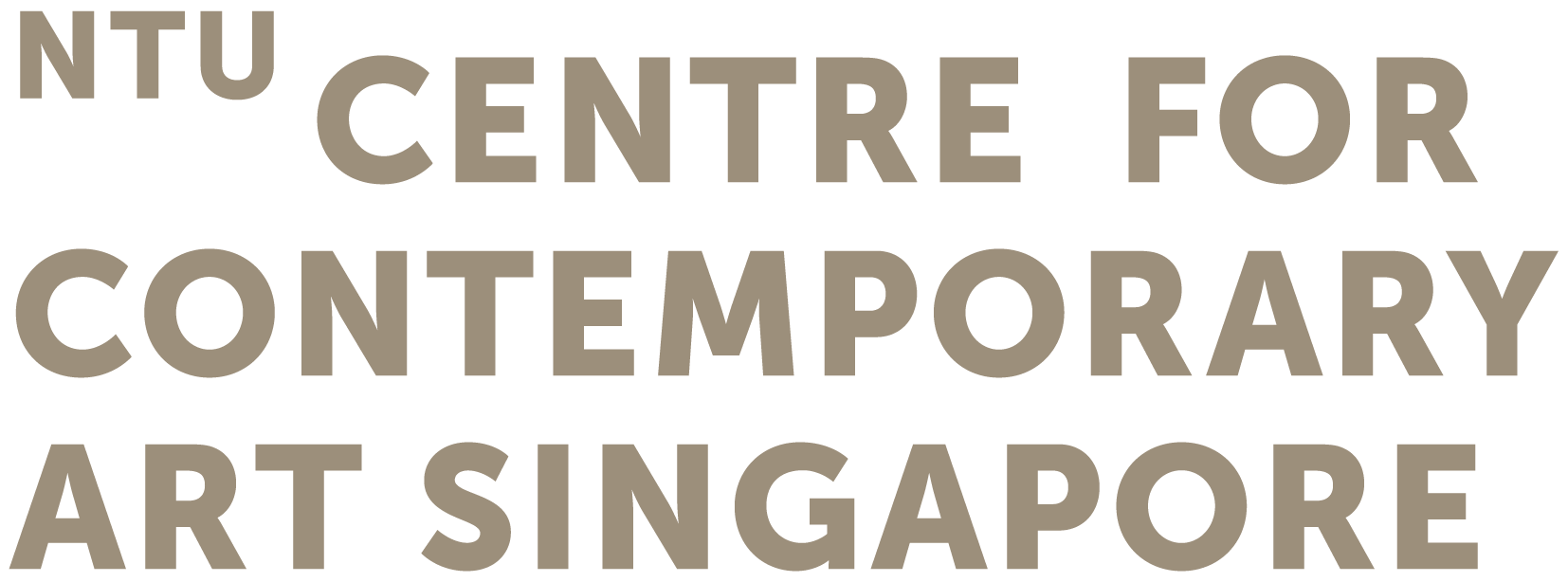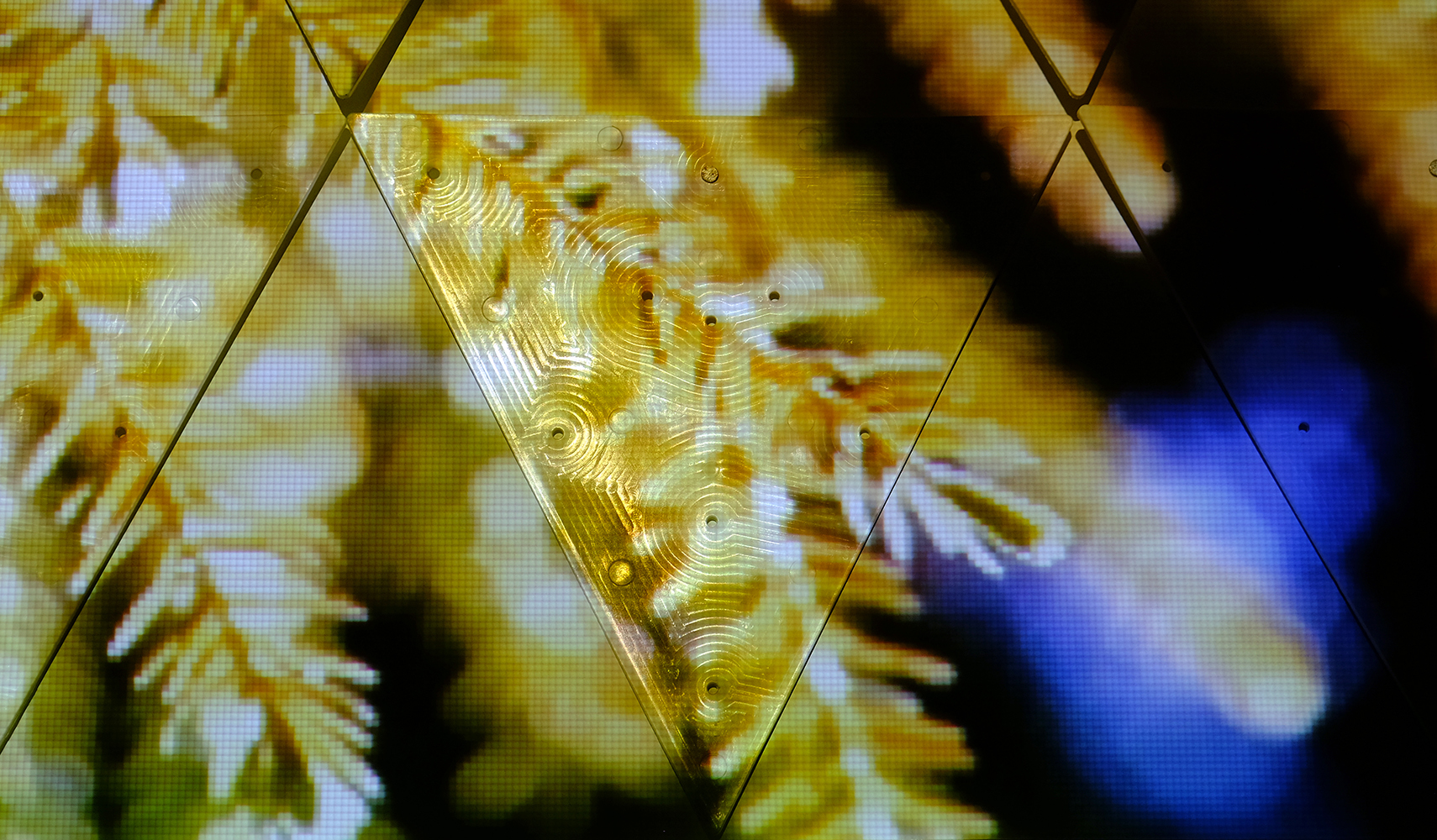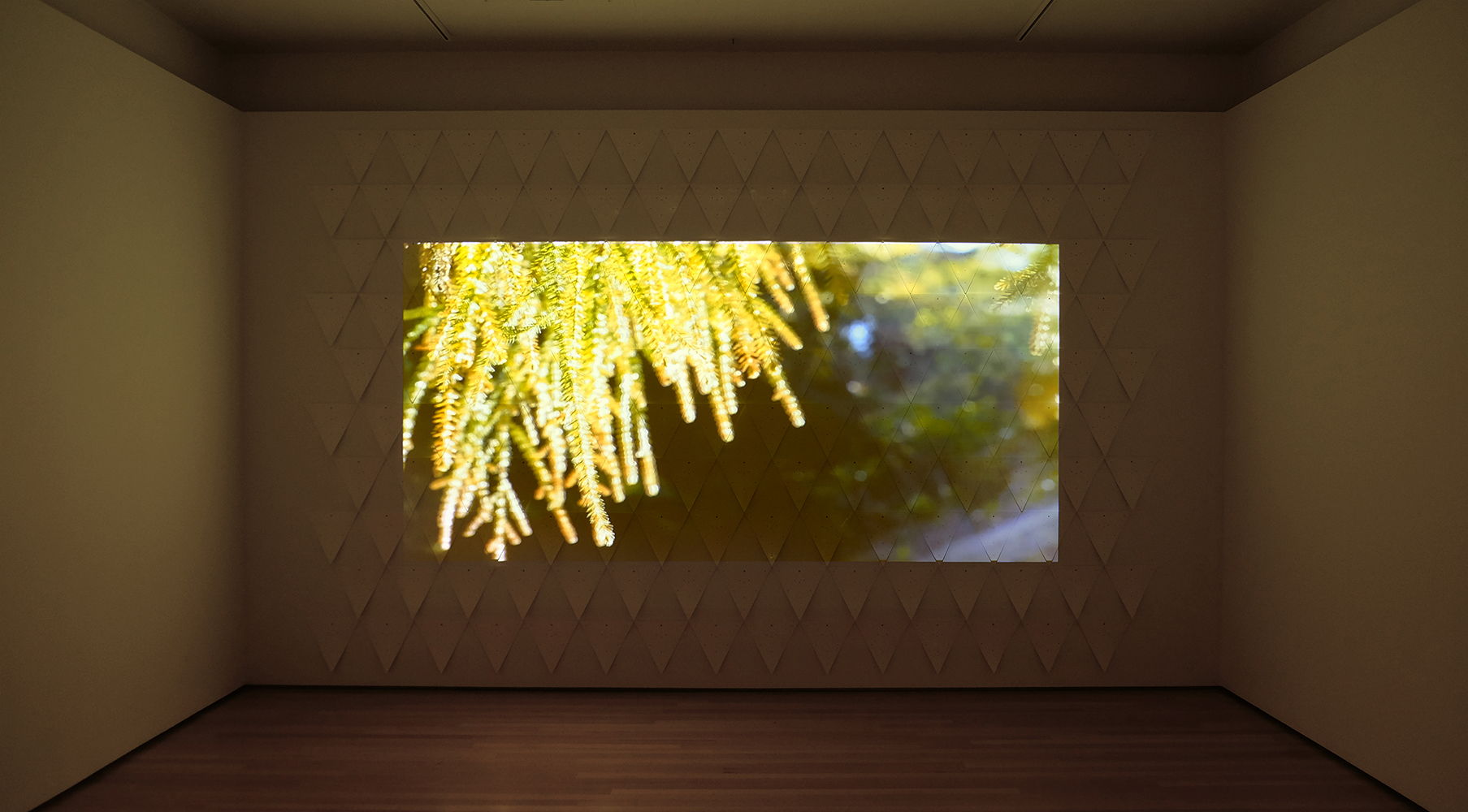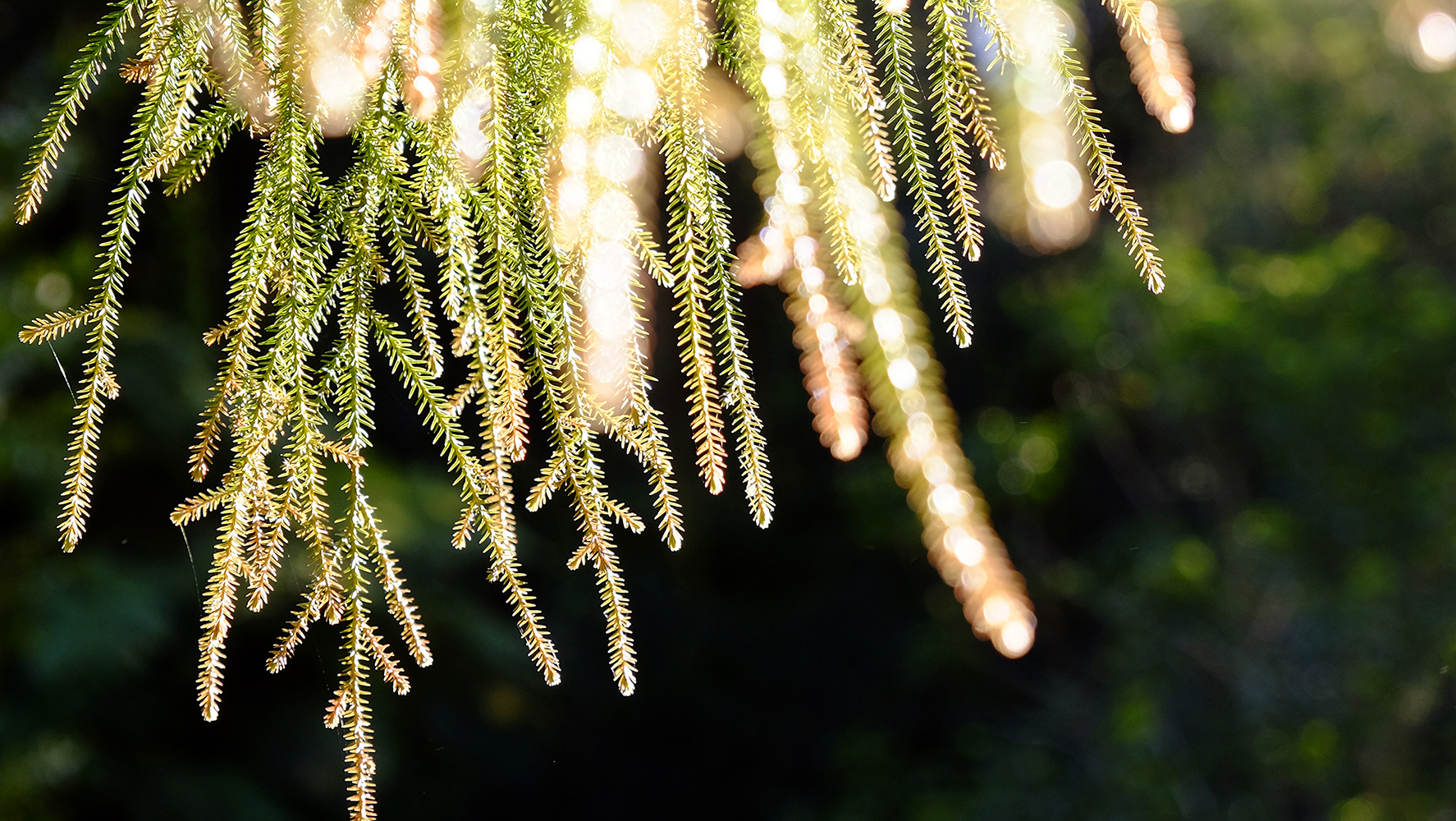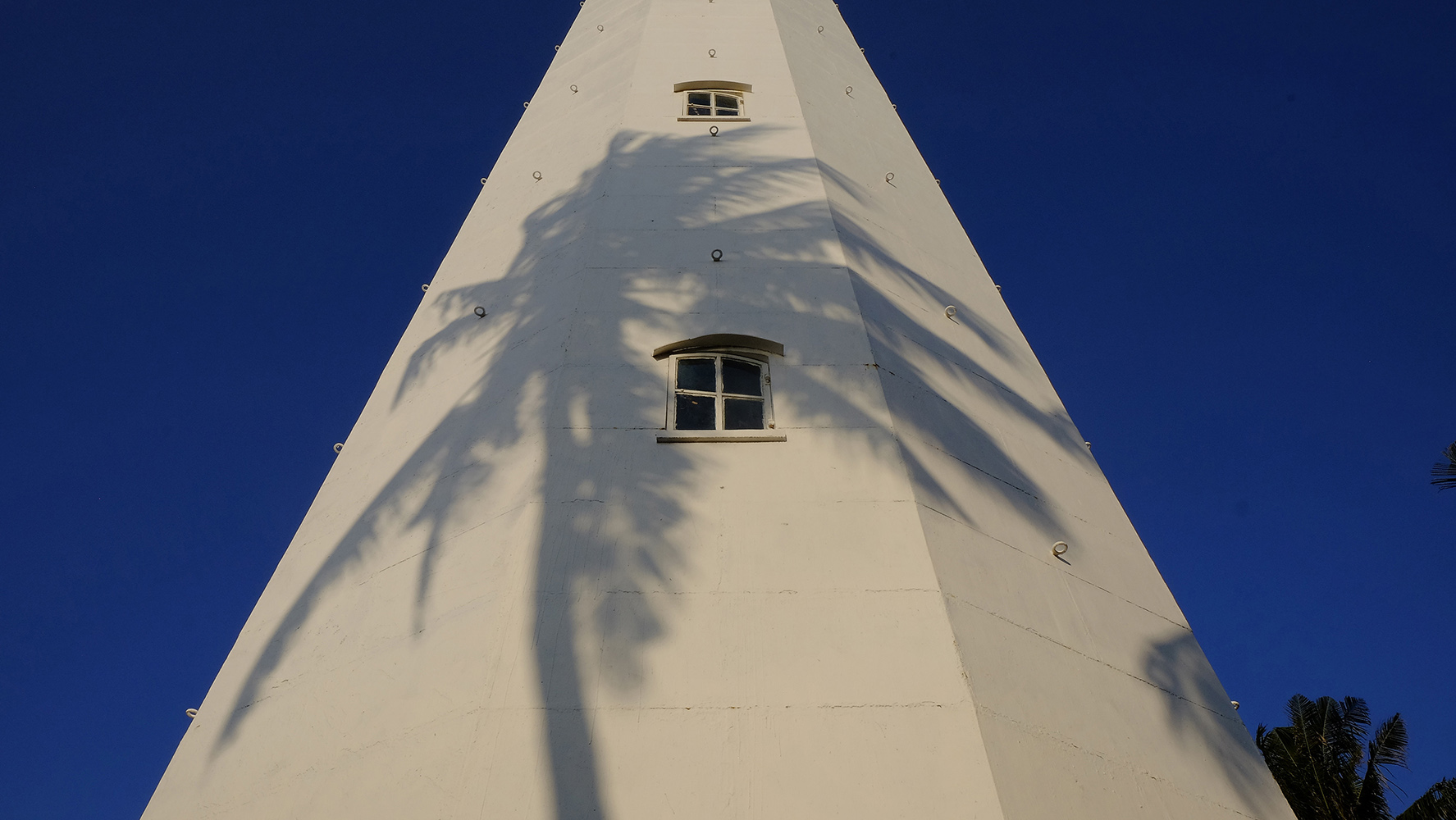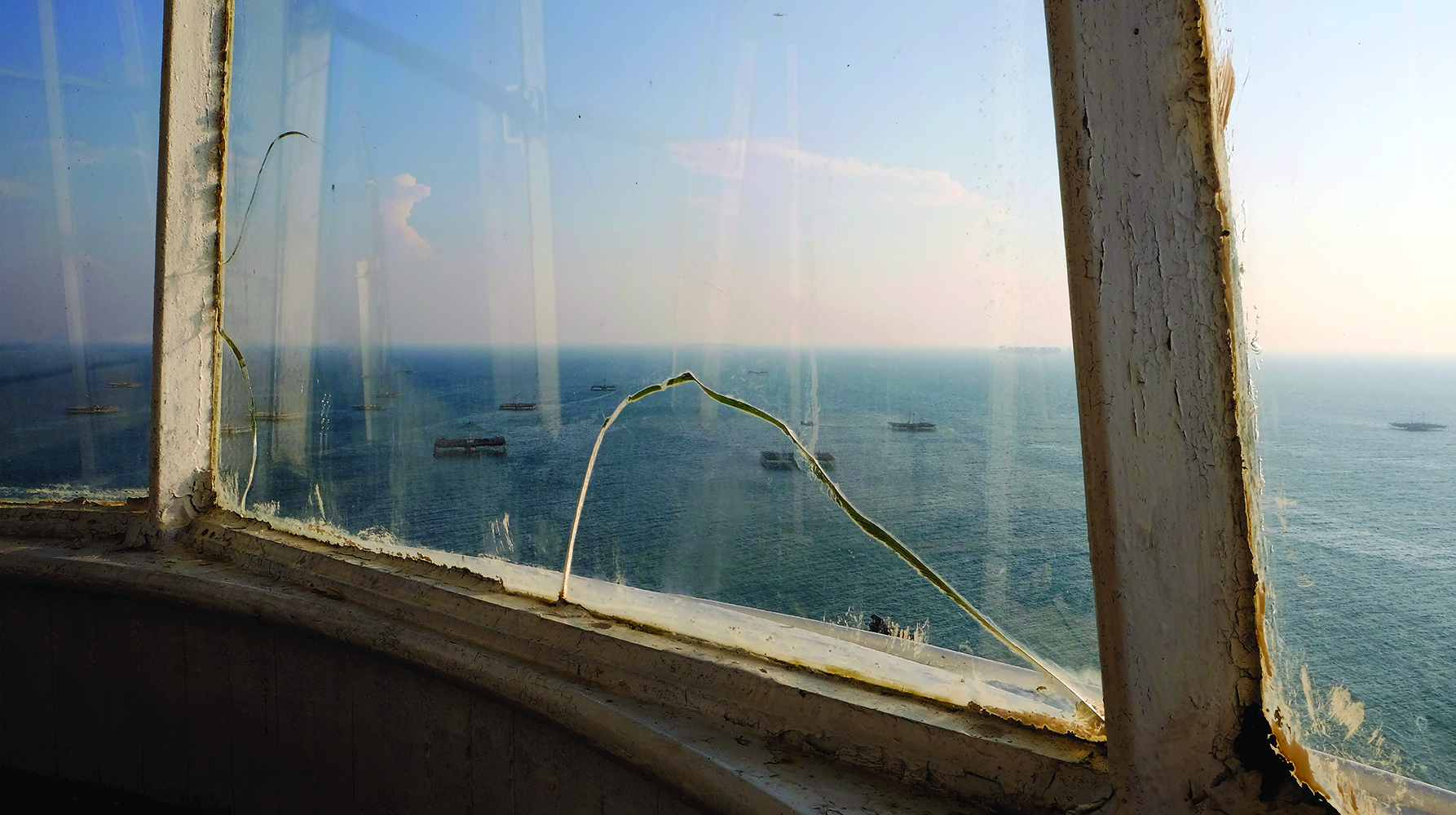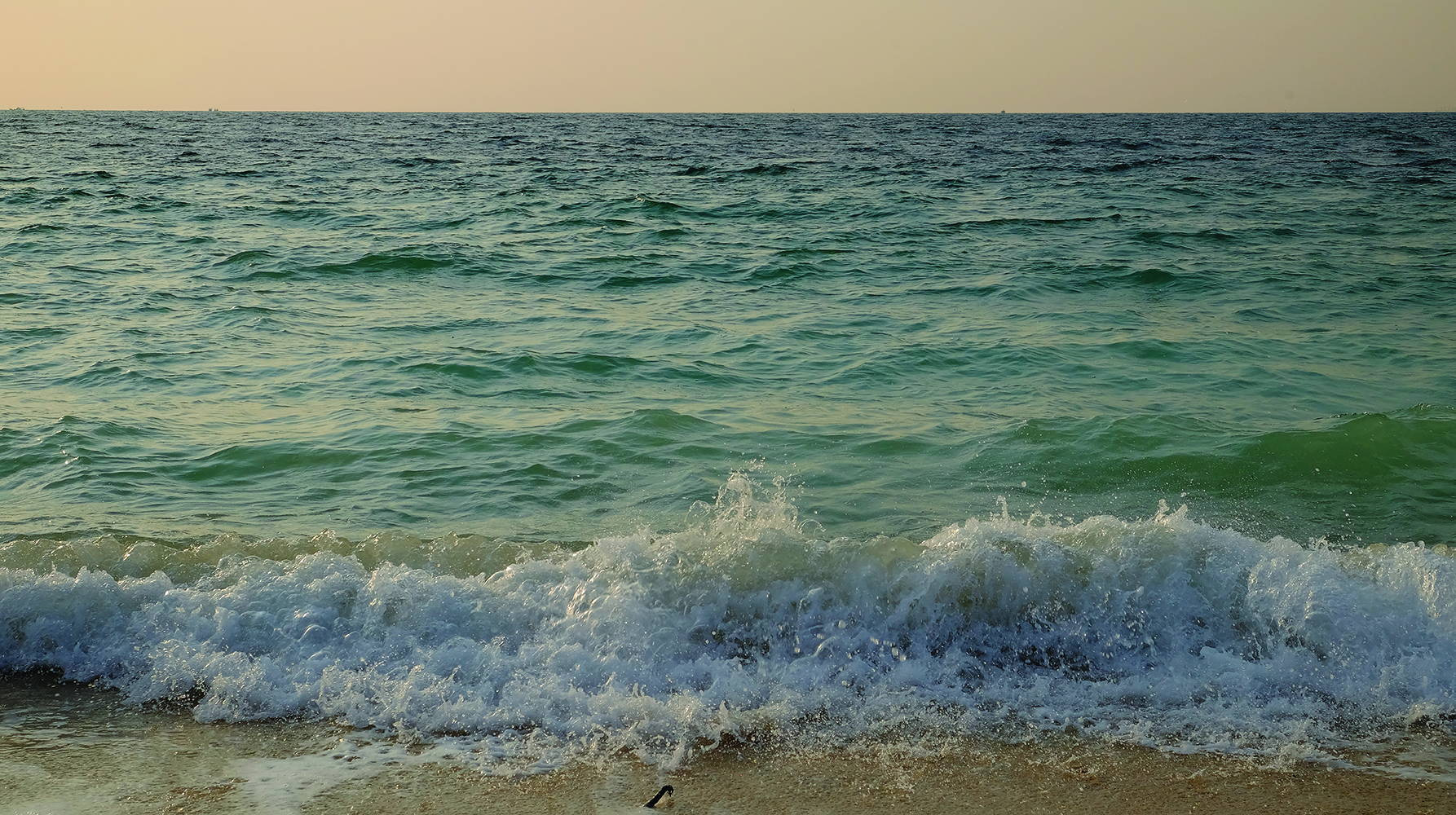
Bridget Reweti, Ziarah, 2018. HD moving image with sound, 10:00. Made with support from Circuit Artist Film and Video Aotearoa New Zealand, Asia New Zealand Foundation and Cemeti Institute for Art and Society Jogjakarta, Indonesia. Courtesy of the artist.
Projects
"Te Irihanga was a settlement below Whakamarama, near Tauranga City, that was destroyed during the Tauranga Bush Campaign of 1867. Ignited by an illusion that the growing Pai Marire faith encouraged rebels or aggressors, a military force of the British 12th Regiment led the Tauranga Bush Campaign, along with the colonial First Waikato Regiment and Te Arawa recruited by Gilbert Mair. Together they employed the infamous Scorched Earth Policy. Although there is little evidence to justify such extreme measures, this campaign saw numerous Māori settlements and cultivations from Whakamarama to Waoku destroyed.
The exhibition Irihanga, which means to suspend or to hang, employs 150 trail markers to signify the years passed since the settlement Te Irihanga was devastated. They also indicate the geographical knowledge of the Kaimai and Hautere Forests that provided safety from Mair’s troops who were in unfamiliar territory. The close-up shots of fauna endemic to the Kaimai Ranges aid the portrayal of the confined proximity of fighting that took place in the bush. The narrative, written by Matariki Williams and read by Geraldine Hinemoa Reweti, positions Ngāti Ranginui Kingitanga hapu as the active protagonists in our own narratives." [1]
[1] Bridget Reweti, “Irihanga,” Bridget Reweti, accessed April 3, 2024, https://www.bridgetreweti.com/irihanga.
Ziarah
"Bridget Reweti’s work Ziarah, 2018, made during a residency at the Cemeti Institute of Art and Society in Jogjakarta Indonesia shares the experiences of Tupaia (c.1725 – 1770), a Tahitian navigator, translator and priest who travelled on Cook’s Endeavour from Ra’iatea in the Society Islands, with his nephew Taiata. Tupaia played a critical role in interactions between the British and tangata whenua - people of the land in Aotearoa New Zealand, acting not only as a translator but as a mediator who people trusted and held in very high regard. After his first visit, Tupaia never returned to Aotearoa, as both he and his nephew Taiata died while the ship was docked in Indonesia which was then the Dutch-ruled Batavia.
Narrated by Safir Islami, a Betawi man who Reweti shared time and space with, the work reveals histories of Tupaia’s journey to Indonesia, information shared by Reweti paired with Islami’s knowledge of the islands to the north of Jakarta in the Java Sea. Ziarah, which translates to pilgrimage in Arabic is in many ways a document of the journey Islami and Reweti and translator Edwina Brennan took together to Damar Besar, the final resting place of Tupaia and Taiata, and the conversations they shared, particularly those of the seas and oceans which both Islami and Reweti have great respect, reverence and concern for. There is a sense of reciprocity in the work, of a meaningful relationship between the two and an awareness of exchange and transaction that Reweti has explored in other works she has made on international residency.
Ziarah, 2018, takes us on a journey to the resting place of Tupaia, although we don’t see the grave that Islami and Reweti visit which they believe may be his, an omission made in respect of Tupai, Taiata and their community. The work brings to the fore not only Reweti’s relationship to Tupaia and his experiences, but also the nuances of colonial adventure, stories of human connection, of affection, of journeys and of humanity and mortality. This is twofold in that Islami and Reweti forge new connections with each other, bringing forth a new shared history in the creation of this work." [2]
[2] Text provided by artist
Biography
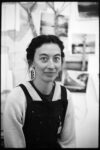
Bridget Reweti (b. 1985, Aotearoa New Zealand)is a Ngāti Ranginui and Ngāit Te Rangi artist and curator from Tauranga Moana, Aotearoa New Zealand. Her lens-based practice shines light on Māori histories embedded in landscapes through names, narratives and lived experiences. Her practice unpacks the intimate relationship between people and place, revealing histories known intimately while challenging the way that landscape is employed in western art-making traditions. Bridget was the 2020/21 Frances Hodgkins Fellow at the University of Otago, the only year-long funded arts fellowship in Aotearoa which culminated in an exhibition and artist book Pokai Whenua, Pōkai Moana. Bridget has held multiple residencies nationally and internationally including Canada, Indonesia and Singapore.
Bridget is a member of Mataaho Collective, a group of four Māori women that make large scale installations. Mataaho Collective were the first New Zealand artists to exhibit in documenta 14 in Germany and have continued to show internationally most recently in the Sydney Biennale, the Gwangju Biennale island the upcoming Venice Biennale. In 2021 they won the Walters prize with Atapō, a collaborative work they made with their mentor Dr Maureen Lander. In 2022 they became the Arts Foundation of New Zealand Laureates.
Bridget is the co-founder with Matariki Williams and current editor of ATE: Journal of Māori Art the first peer-reviewed journal of Māori Art. Bridget was co-curator with Dr Melanie Oliver of 2019-22 national series of exhibitions Māori Moving Image and co-editor of the book by the same name. In late 2023 Bridget co-curated the largest retrospective exhibition of Ngāpuhi Printmaker Marilynn Webb: Folded in the Hills at Dunedin Public Art Gallery, publishing a book by the same name. Bridget holds a Master of Māori Visual Arts with first class honours from Massey University and a PgDip in Museum and Cultural Heritage Studies from Victoria University of Wellington.
Bridget Reweti. Photograph by Christopher Schlemz.
Selected Exhibitions
Selected Solo Exhibitions
2021 Pōkai Whenua, Pōkai Moana, Hocken Libraries. Frances Hodgkins Fellowship Show
2021 Can You Sense It? The Video Art of Bridget Reweti, LA Film Forum, California, USA
2019 Aspiring of the North, Pah Homestead TSB Wallace Arts Trust, Auckland
2018 Tupu, New Zealand Portrait Gallery, Wellington
2017 Irihanga, Tauranga Art Gallery
2016 Tauutuutu, Pātaka Art + Museum, Porirua
Selected Group Exhibitions
2021 They Covered the House in Stories, Te Tuhi, Pakuranga
2021 Te Wheke: Pathways Across Oceania, Christchurch Art Gallery, Mato Aho Collective
2021 Nyinalanginy | The Gathering, Perth Institute of Contemporary Arts, Australia
2020 Toi Tū, Toi Ora: Contemporary Māori Art, Auckland Art Gallery
2020 Dhaka Art Summit, Bangladesh, Mato Aho Collective
2019 Mappings: Landscape, Memories, Histories, Blue Oyster, Dunedin
2019 Oceania, Musee du Quai Branly, Paris, France. Mata Aho Collective
2019 Ziarah, International Film Festival, Rotterdam, Netherlands
2018 Aperture: Asia & Pacific Film Festival, London, United Kingdom
Selected Residencies
2020-21 Frances Hodgkins Fellowship, University of Otago, Dunedin
2018-19 Creative Connections, Caselberg Artist-In- Residence, Dunedin
2019 NTU Centre for Contemporary Arts Singapore
2018 -19 Wild Creations, Department of Conservation and Creative New Zealand Summer Residency
2018 Samuel Marsden Artist in School Residency
2018 Cemeti Institute for Art and Culture, Jogjakarta, Indonesia
2016 Indigenous Visual and Digital Residency, The Banff Centre, Canada
